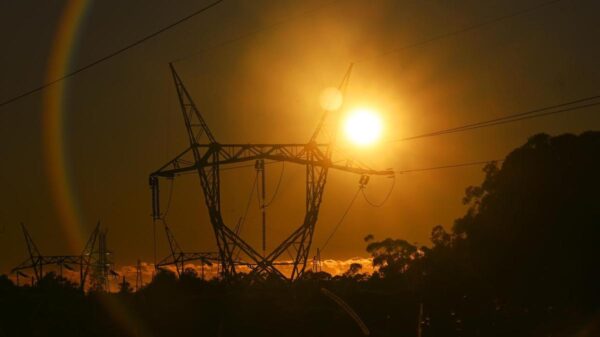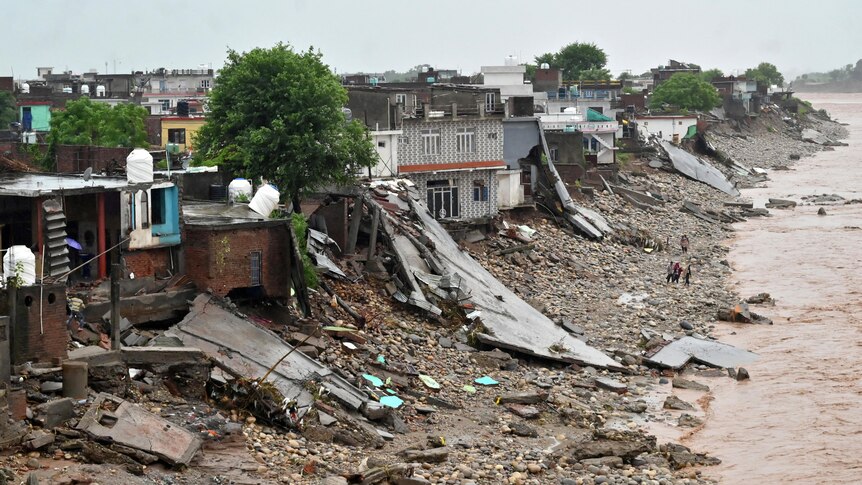A devastating landslide in the Indian-controlled region of Kashmir has resulted in at least 33 confirmed fatalities following torrential rains that triggered the disaster. The landslide occurred on a popular pilgrimage route near the Vaishno Devi shrine, an important Hindu site, which has seen a significant influx of worshippers in recent weeks. The intense monsoon rains have caused widespread flooding, leaving hundreds dead or missing across the region.
Emergency services are currently engaged in rescue operations in the Katra area, where the landslide struck. Authorities report that the continuous rainfall has created treacherous conditions for both emergency workers and pilgrims, prompting many worshippers to pause their journeys. According to the Indian Meteorological Association, parts of Jammu recorded a historic 296 mm of rain in a single day on July 5, 2023, surpassing the previous record set in 1973.
The flooding has also led to significant damage, with the overflowing Tami River partially submerging local homes and a Hindu temple. Reports indicate that the disaster’s toll may be higher, with conflicting figures emerging. While the New York Times cites a death toll of 34, the AFP news agency confirms 33 fatalities so far.
Indian Prime Minister Narendra Modi expressed his condolences over the loss of life, describing the events as “saddening.” As the situation unfolds, local and federal authorities are mobilizing resources to assist affected communities and provide necessary aid to survivors.
With the onset of the monsoon season, South Asia typically experiences an increase in flooding and landslides. Scientists warn that climate change is exacerbating the severity and frequency of these natural disasters. The current crisis follows a broader trend, with over 1,200 individuals reported dead in India from monsoon-related incidents since June, alongside at least 800 fatalities in neighboring Pakistan during the same period.
In response to the heavy rainfall, Indian officials have opened all gates of major dams in the region to manage water flow and mitigate downstream flooding risks. This precautionary measure was implemented amid warnings of potential flooding reaching areas bordering Pakistan, highlighting the regional implications of the ongoing weather crisis.
As rescue operations continue, the region remains on high alert for further rainfall and potential landslides, with local populations urged to exercise caution. The tragic event serves as a stark reminder of the challenges posed by seasonal weather patterns and the growing impacts of climate change in the Himalayan region.



































































